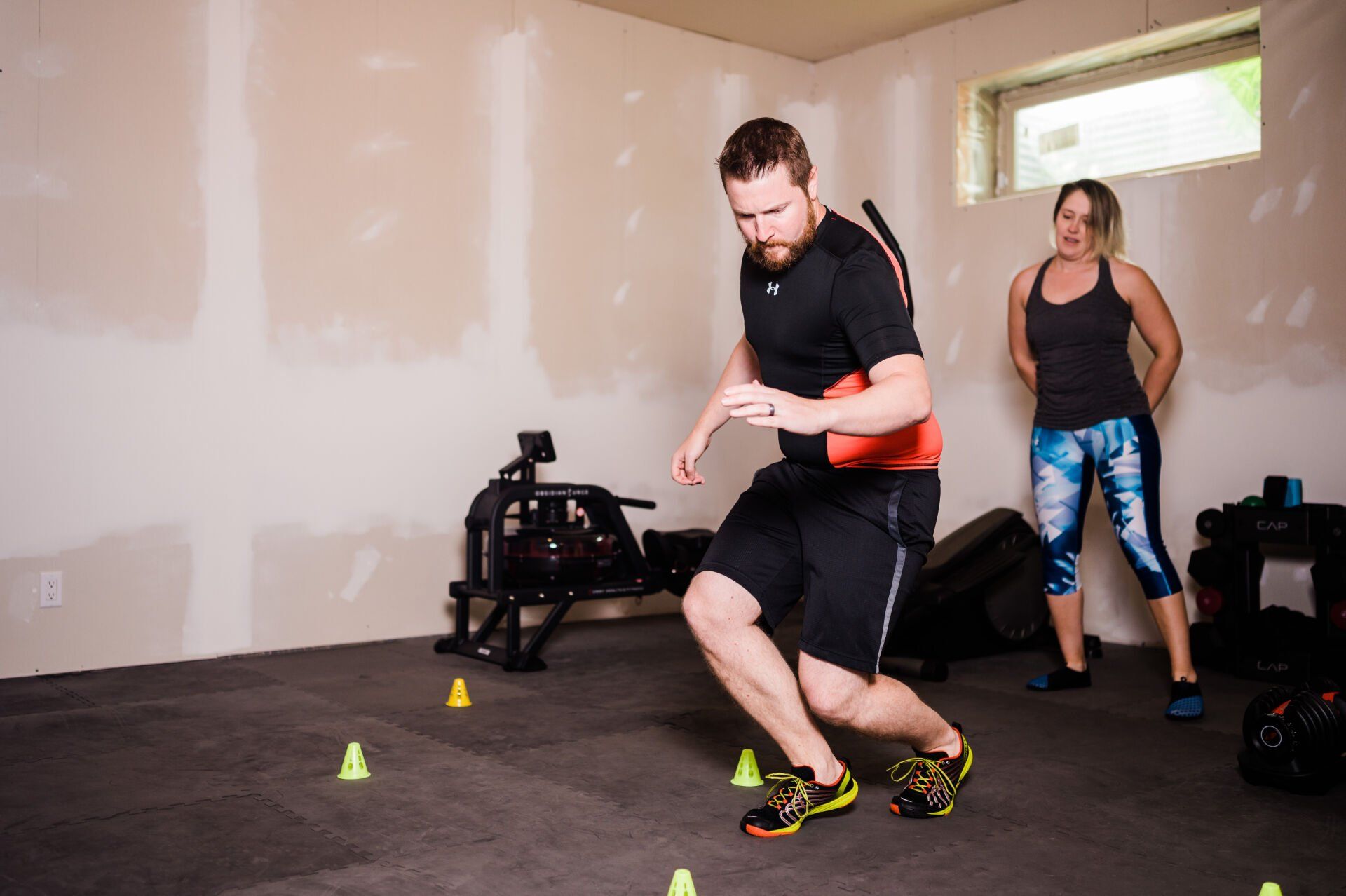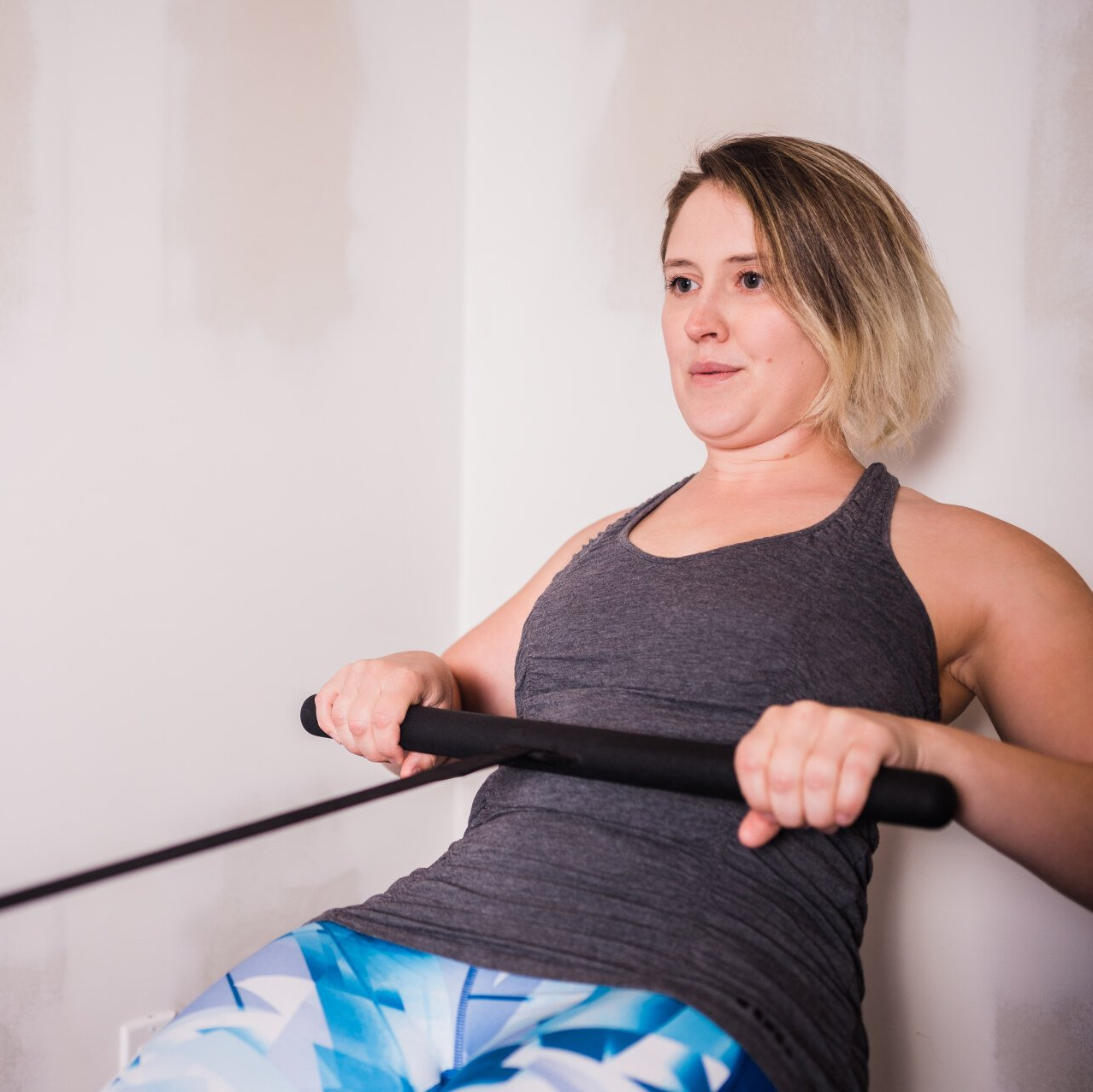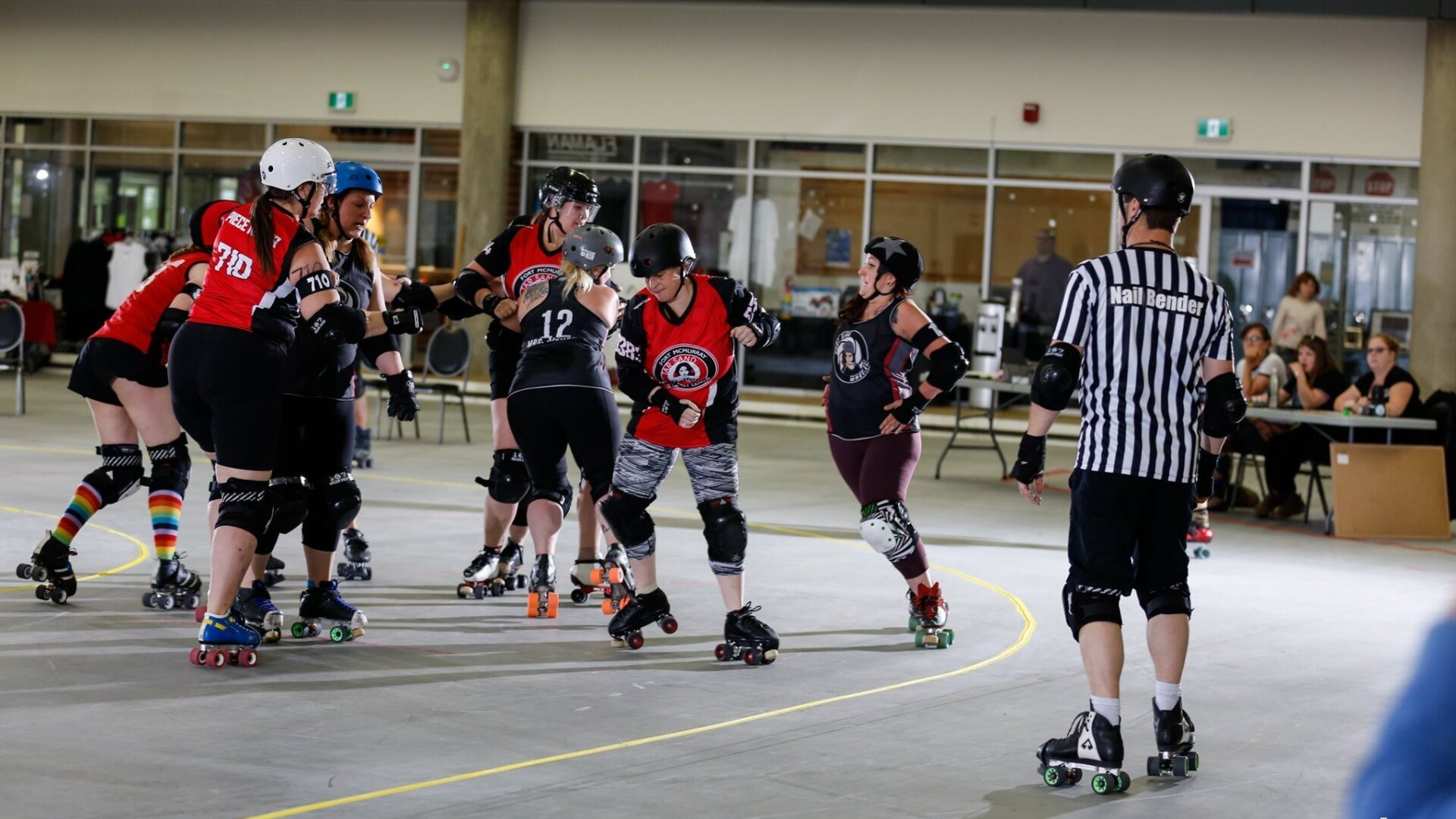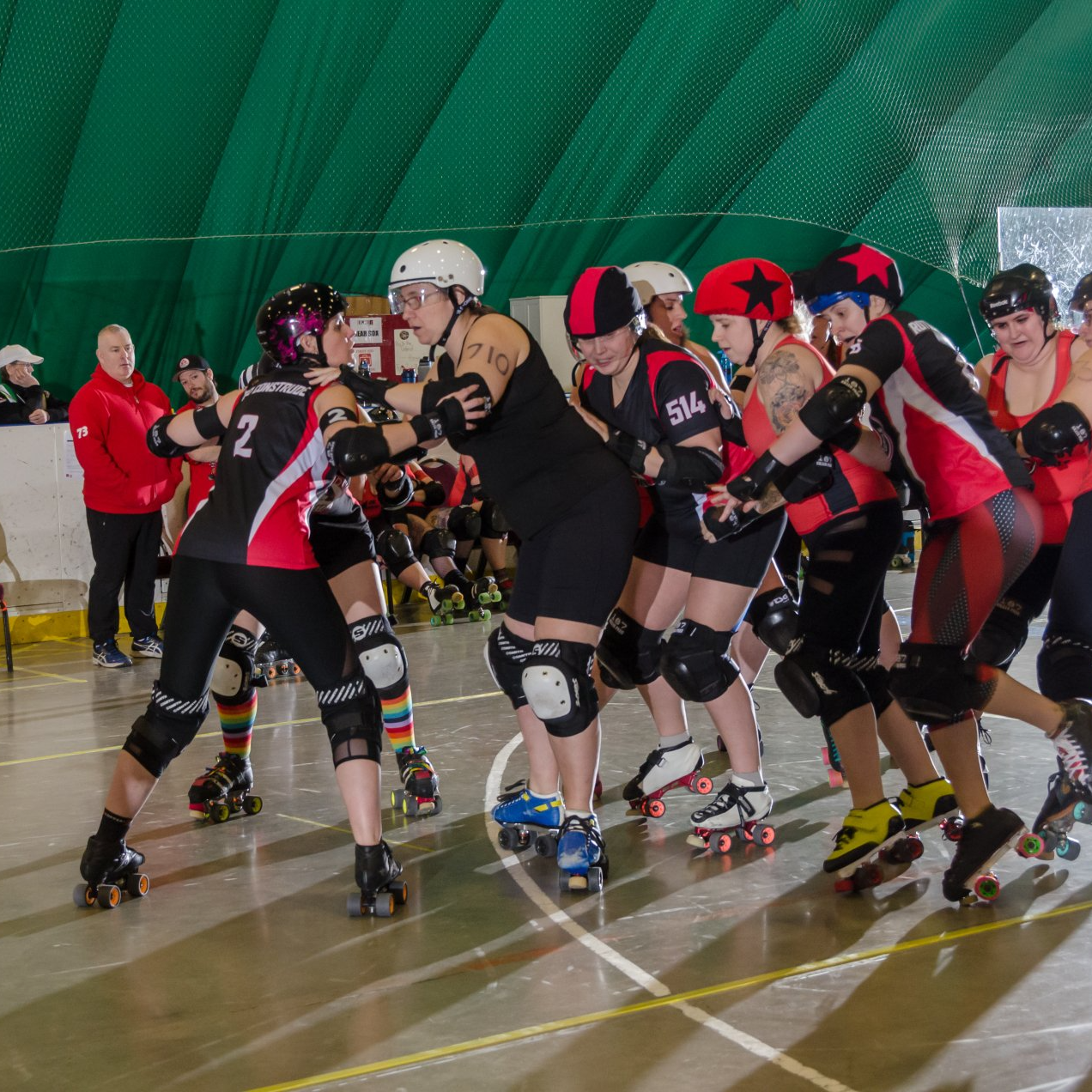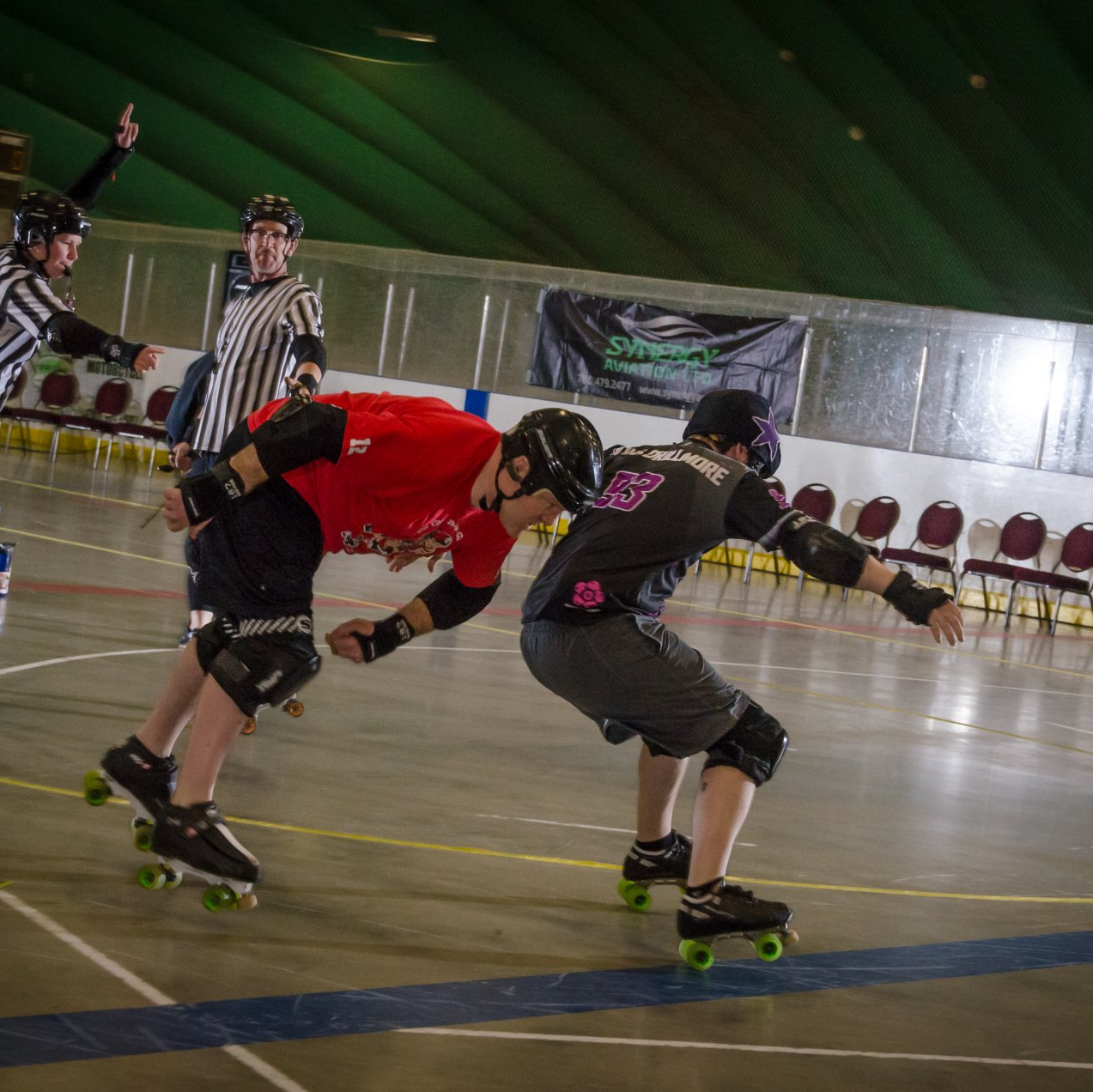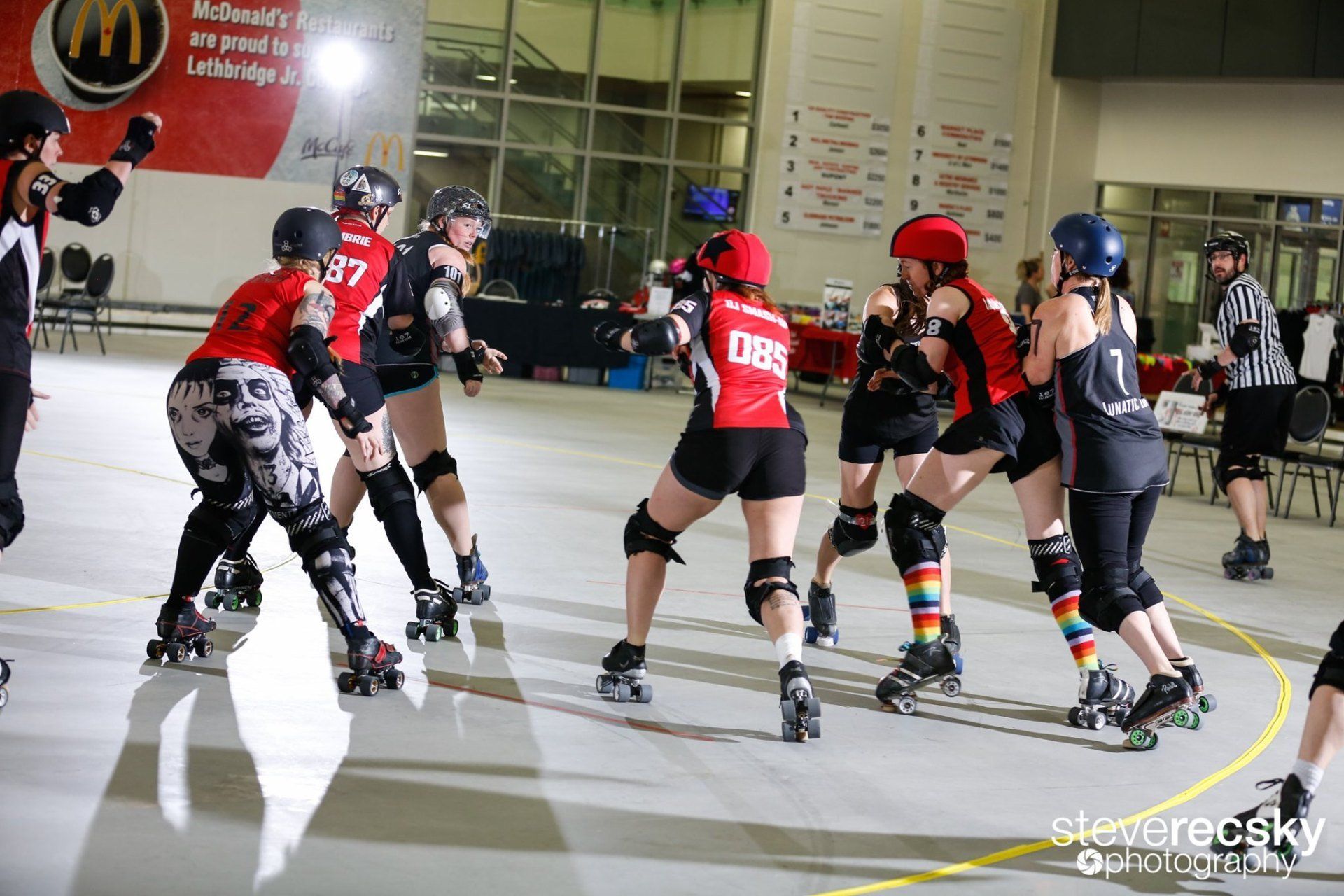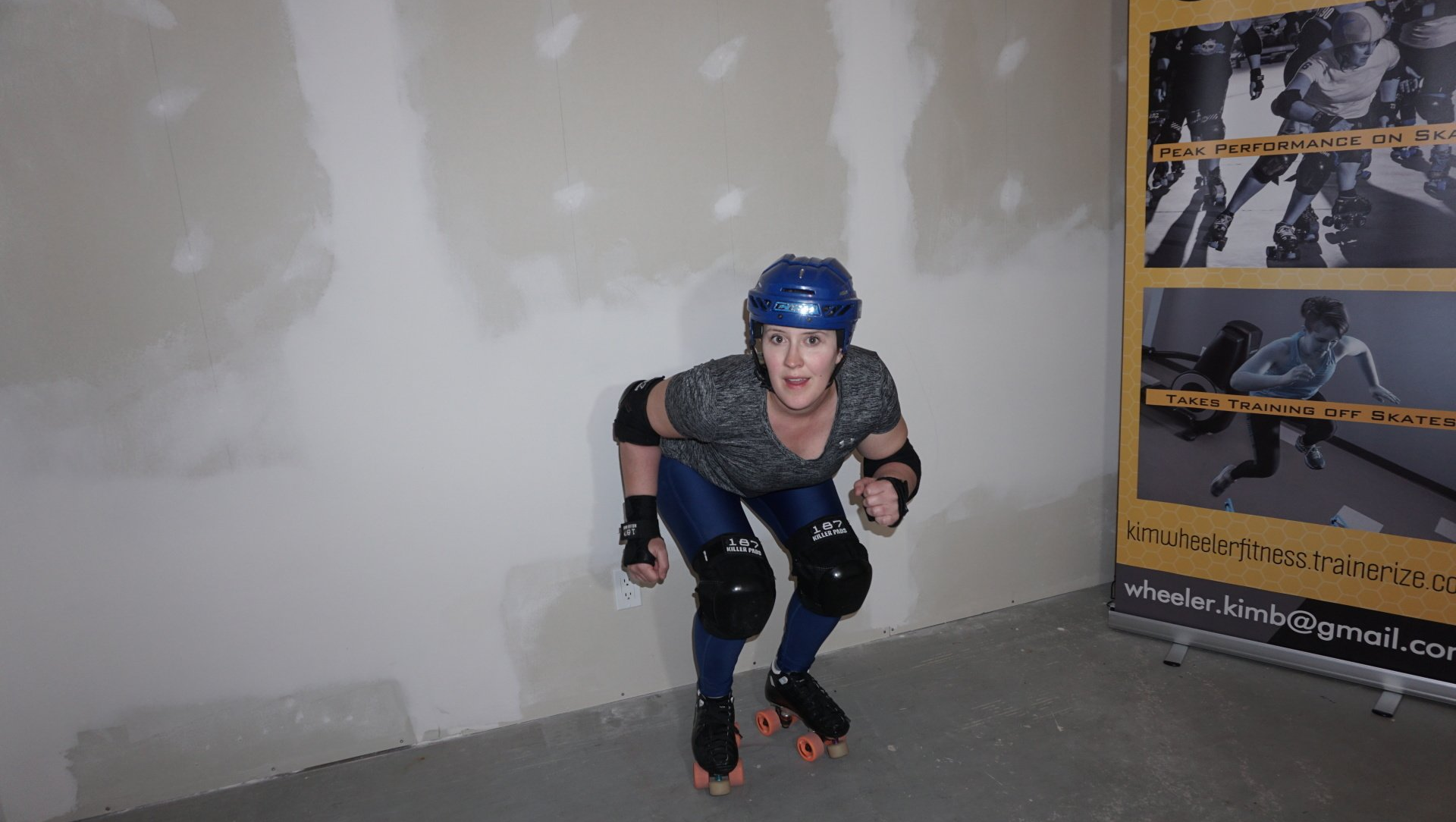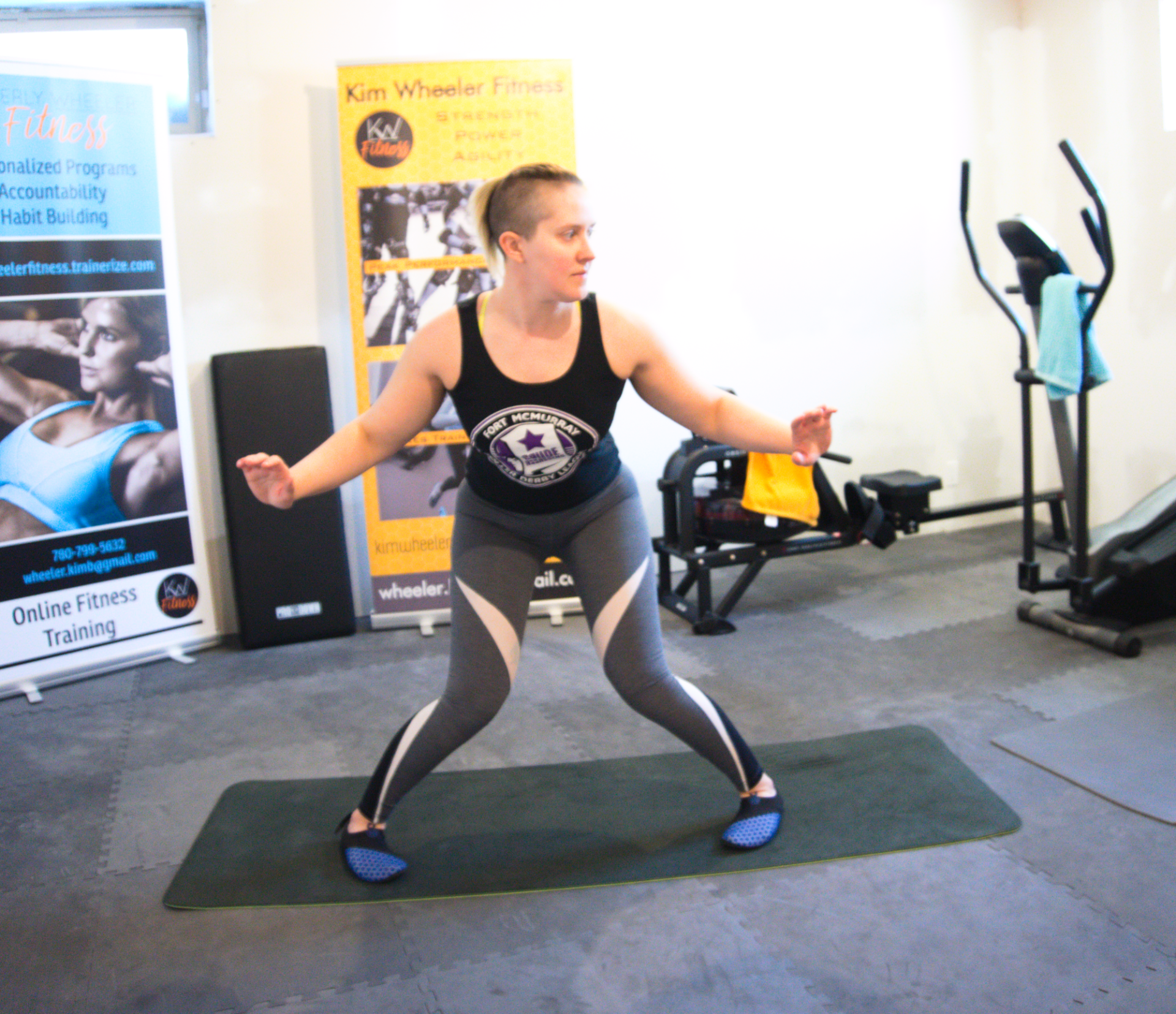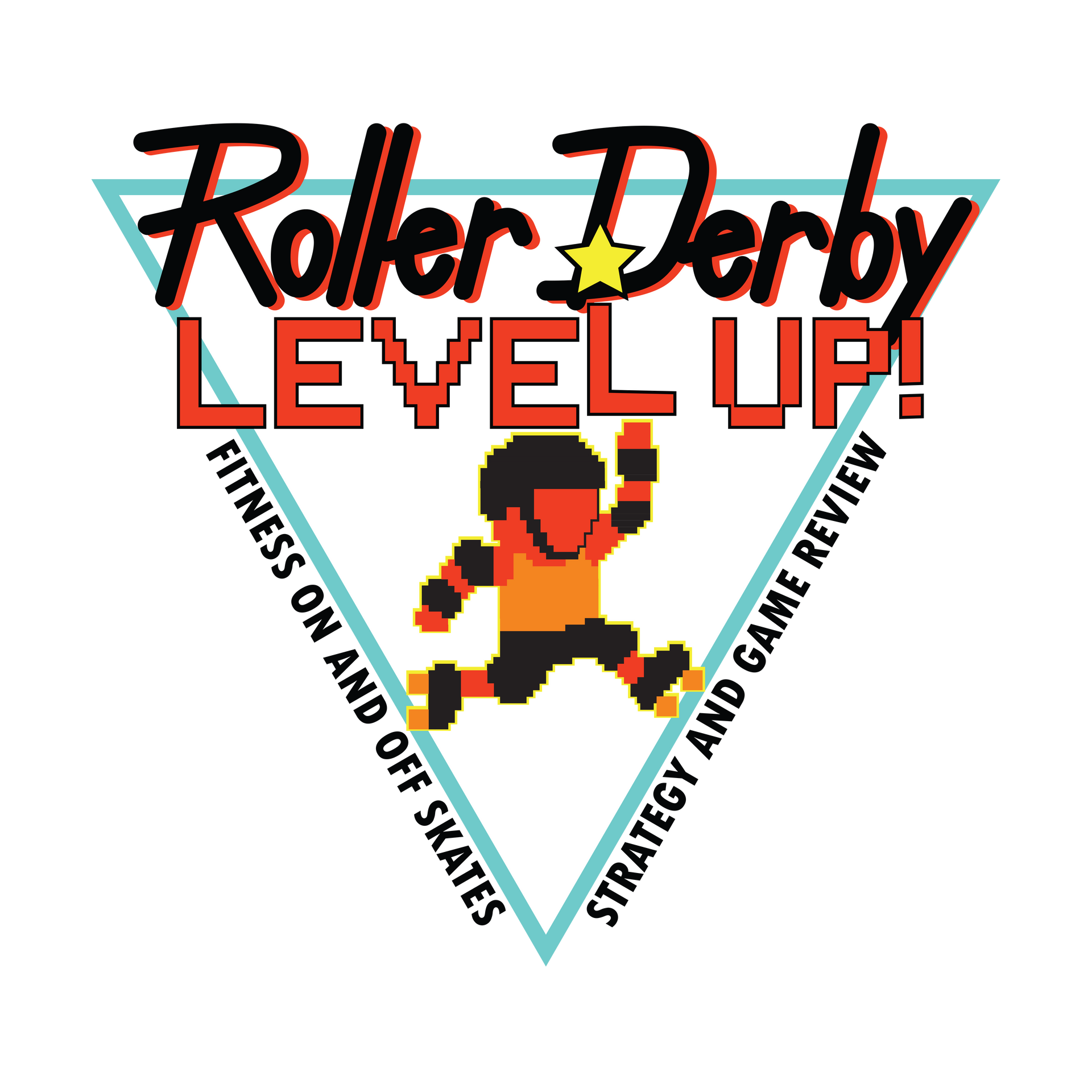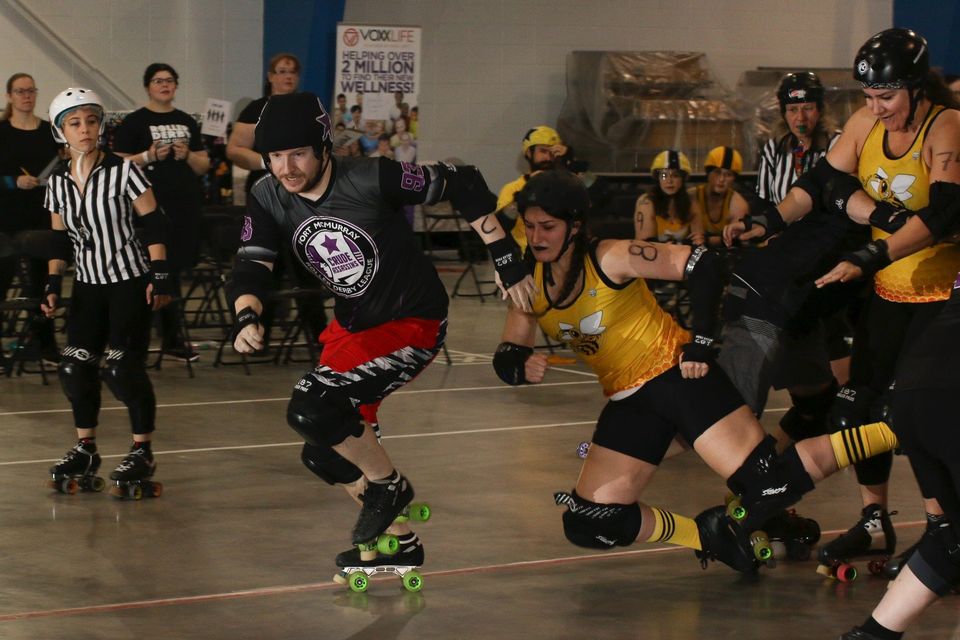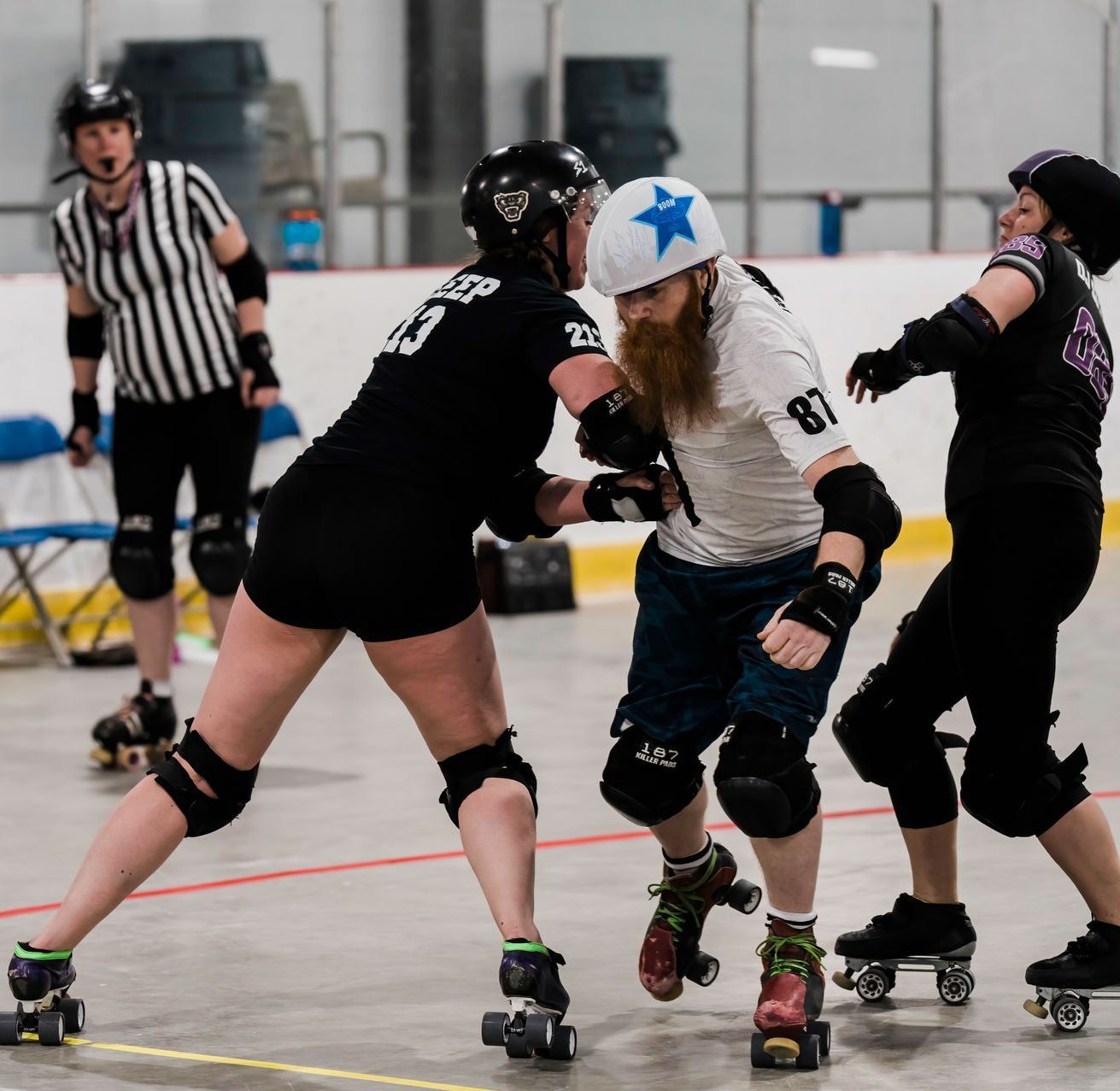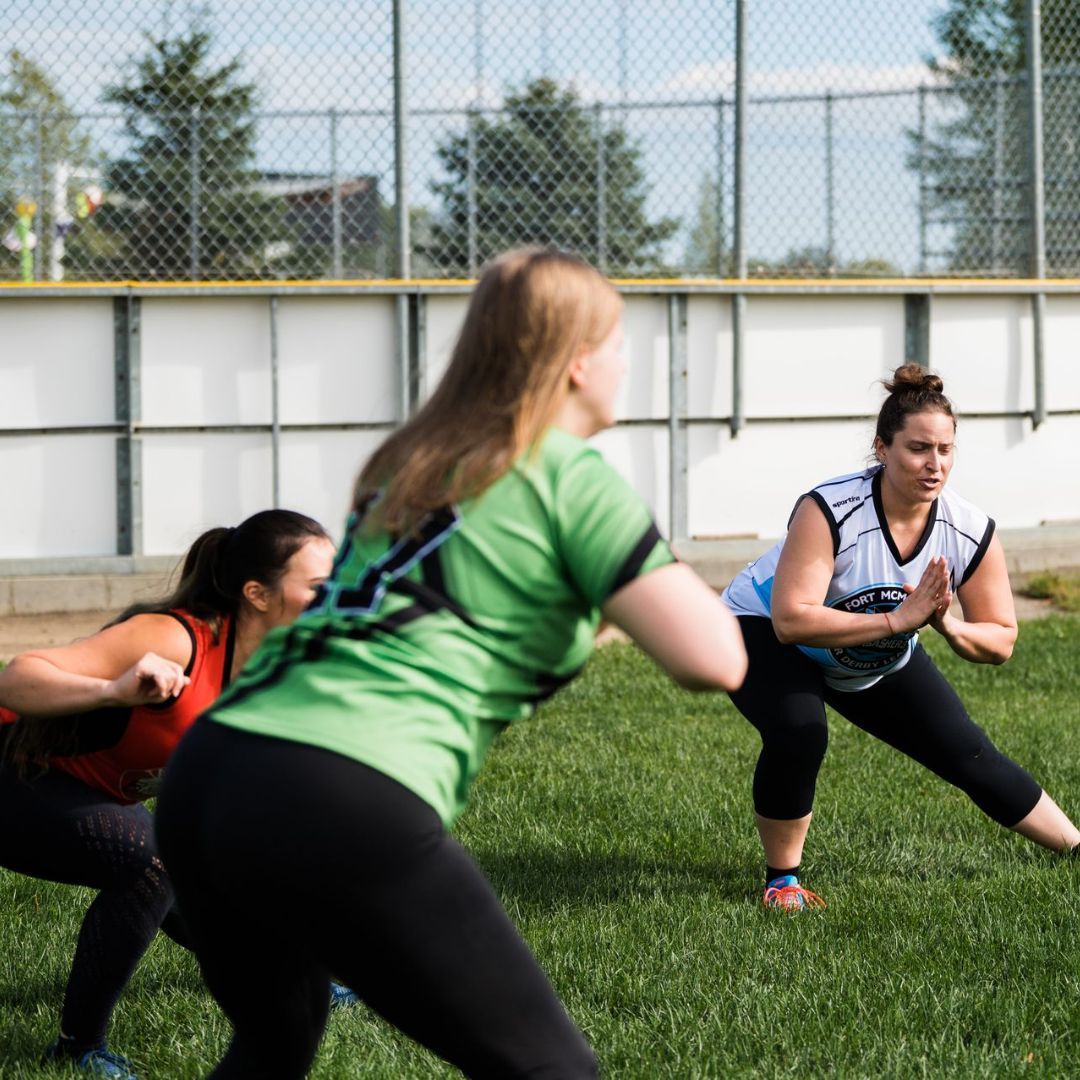Cardio for Sports Training
Improve your athletic performance with the proper cardio
The type of cardio training you want to do to improve sports and athletic performance will vary depending on the sport, your goals, and your fitness. For this article, I will break down the different types of cardio and why you would or wouldn’t want to do them. In general, you want to train to mimic the requirements of your sport.
First to consider is steady state or continuous cardio. Steady state cardio is moving at a constant pace that you can maintain. The pace will be dependent on the duration you are doing. Let’s look at why you would want to do steady state cardio training. The most obvious reason for doing this type of cardio is because you are training for a marathon or another type of event that will require you to move for a long period of time. Steady state cardio is also a great training tool to improve your lung and heart capacity, which is a good base to have for any sport. Additional, this is the type of training you want to do if you are just getting into cardio. Next, let’s look over the reasons why you wouldn’t want to do this type of training. Athletics require a lot of strength and power, as well as endurance and because of this, too much steady state training can actually reduce your strength and power. If you already have a good cardiovascular base and you require bursts of speed and power for your chosen sport, then this training is not for you.
The next type of cardio training is aerobic intervals. Aerobic intervals require doing a movement at a higher intensity followed by a lower intensity. Typically you will go at a higher intensity for 1 - 3 minutes, followed by 1 - 3 minutes at a lower intensity. This type of training is great for any sport that is interval based, where you will be performing for a short period of time, followed by a short rest; hockey is an excellent example. This type of training can also be adapted for non-interval sports by having a longer rest period between high intensity intervals. Interval training helps your body adapt to increases in energy requirements that many sports need. Do not do this type of training if you are just starting out. Work your way up to interval training.
Finally, anaerobic interval training. Anaerobic interval training is doing an activity for a short duration at maximum effort, followed by a long rest. A good example is sprinting for 100 m, then resting for 3 to 4 minutes. This training is obviously very good for short distance sprinters, but it can help almost any athlete. In most sports, a short burst of maximum energy is required to get that goal or push yourself into a better position. Anaerobic intervals will help condition your body for these events. This training has the added benefit of working your muscles for power as well. This training is very intense, so definitely do not start with anaerobic intervals. This training has little benefit to long distance runners, or any other sport that requires you to move at a relatively constant pace for a long period of time.
To summarize, all three types of cardio can have a benefit to your athletic improvement, you just need to review your goals and your current physical condition. No matter the cardio type you choose, an important thing to consider is over training! Over training will negatively impact your improvement, and can cause you to become exhausted and under perform during your practices or games. Go over with a trainer the amount and types of exercises you are doing as you might only need to add in 1 cardio session a week.
